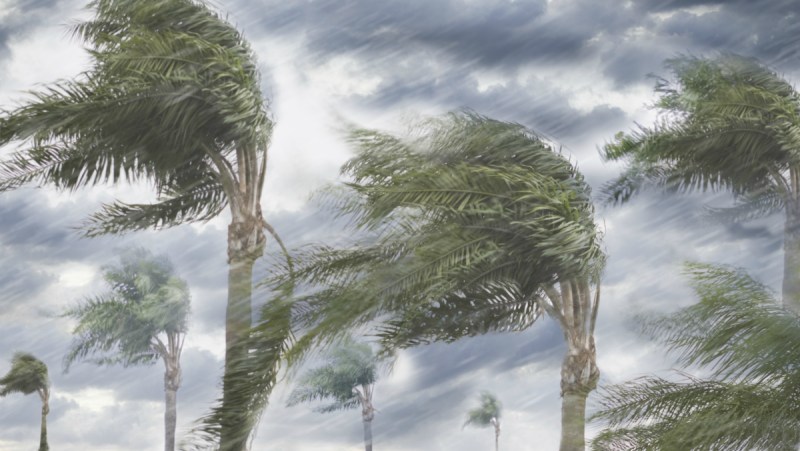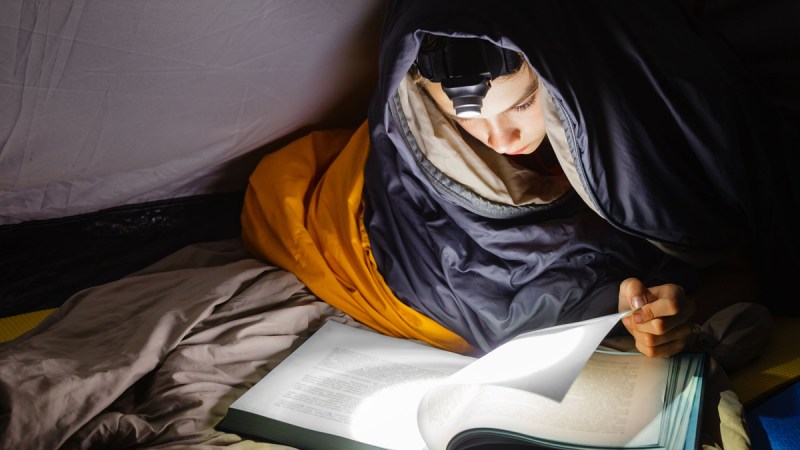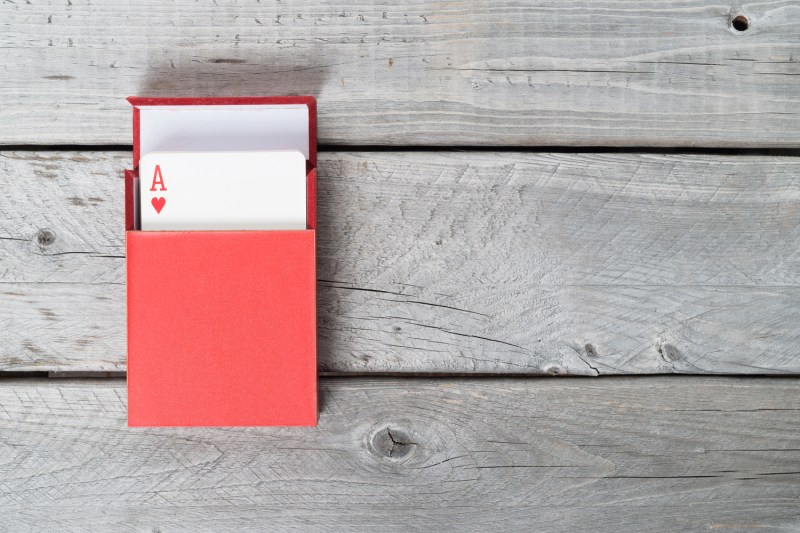
You can’t predict most emergencies but you can be prepared. With natural disasters like earthquakes and hurricanes ever-looming, it pays to have the emergency kit essentials you need to ride them out, whenever they unexpectedly arise.
If you already have an emergency kit, it might be worth looking it over to make sure all the major parts are there (or haven’t expired). If you don’t have one, you should, and we’re here to help. The last thing you want is to be left literally in the dark and cold when a big storm cuts off your power supply.
This is a worthwhile endeavor even if you don’t live along a fault line or in hurricane country. A tree could fall on a nearby power line, a flash flood could pour in, or extreme heat or cold could stress the power grid. No matter where you call home, your dwelling needs a kit to keep you covered.
Emergency Food
You gotta eat. Instead of worrying about what it is you’re eating (hopefully, the power won’t be out for long), focus on canned goods that are non-perishable and don’t require anything to prepare. In other words, a bunch of soup is fine, but you may have trouble heating it. Opt instead for items that eat well at room temperature, like canned beans, fruit, vegetables, and tuna. We also highly recommend a good portable water filter to keep your aqua supply healthy, no matter what the circumstances. You can put the filter to use on camping trips and backcountry hikes as well.
If you want to live like royalty during a crisis, stock up on ready-to-eat conservas. Oh, and have plenty of water set aside, like at least five to ten gallons.
Substitute Power Supply

It’s all about battery-operated equipment here. You’ll need light, so set yourself up with the best headlamp or flashlight. Whichever route you go, have at least two available in case one doesn’t work. If you prefer to keep it natural, go with some candles and a good lighter or book of matches. Having some dry wood and a solid hatchet isn’t a bad idea either, even if you lack a fireplace or pit. In a bind, you may find yourself making one in your yard, not just for warmth but potentially to prepare some foods.
Extra Clothing and Gear
If you’re stuck at home, you’ll likely have access to all of your clothing. But some things are nice to have immediately accessible, especially if water is cascading into your basement or a tornado is throwing debris at your windows. Think packable, lightweight, durable items. We’re not trying to be fashionable during Apocalyptic conditions. Instead, keep some simple attire available, like hooded ponchos, gloves, and socks. We also suggest a good beanie and scarf for warmth, along with a lightweight blanket.
First Aid Essentials
You may have to deal with some wounds so make sure you have the medical essentials. You’ll want bandages, gauze, pain relievers, antibiotic ointment like Neosporin, scissors, moist towelettes, and burn gel. You can piece together your own or you can buy a respectable kit like the Deluxe All-Purpose First Aid Kit from Red Cross.
Entertainment

No, this addition is not critical but we suggest it anyway. Chances are good that the emergency will be more of an inconvenience than anything else, so you may as well be entertained. If you can’t power up your phone or throw on the TV, you can still unwind a bit with a board game, deck of cards, or a good book. These items will help pass the time and before you know it, the lights and heat will be back on.
Miscellaneous Emergency Items
If you’ve got the room, a few extra items will very much come in handy. These include:
- toilet paper
- masks (for smoke, dust, etc.)
- tools
- generator
- maps
- signaling device like a whistle or air horn.
You may also want to consider money (like traveler’s checks or standard checks) as well as a good old-fashioned pen and journal. Make sure your kit is located in a designated location and stocked with enough of the above to last you at least several full days. Better yet, keep it away from the elements or in a waterproof bag like a bug-out bag, or container. Having a stripped-down emergency kit for your car or workplace is also advised.


